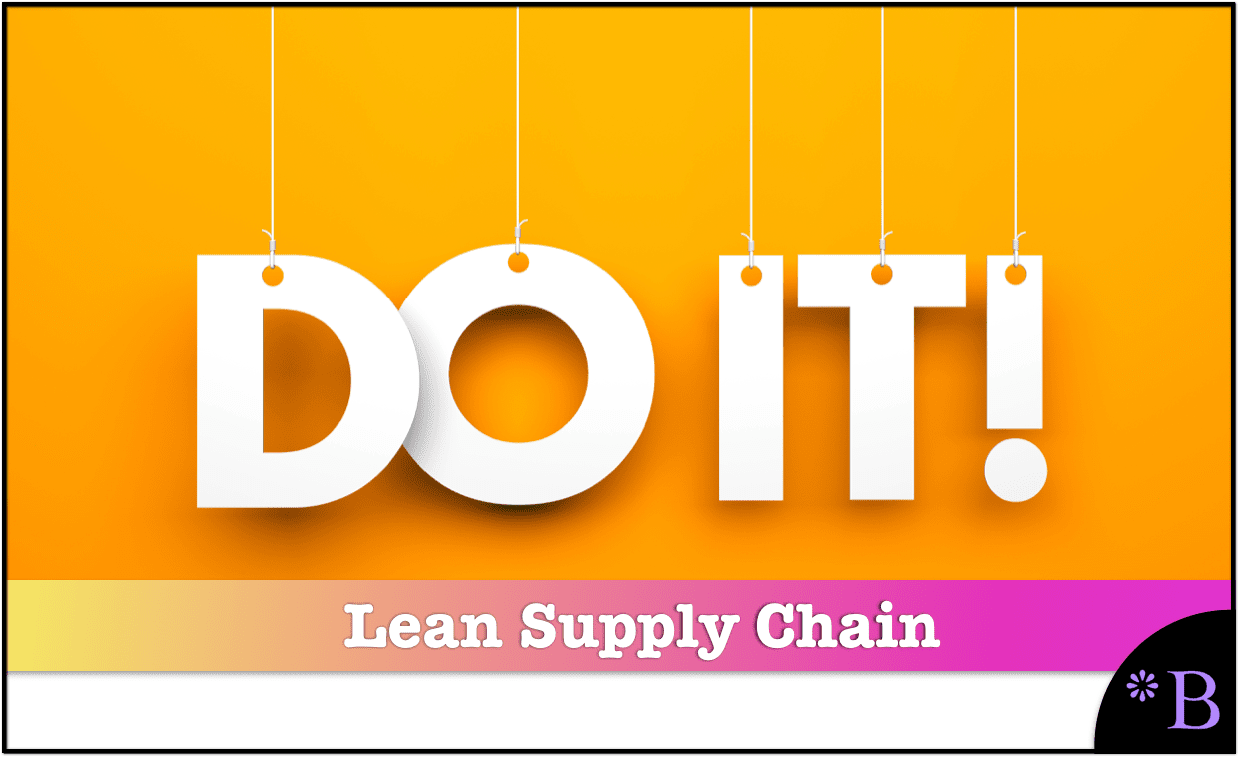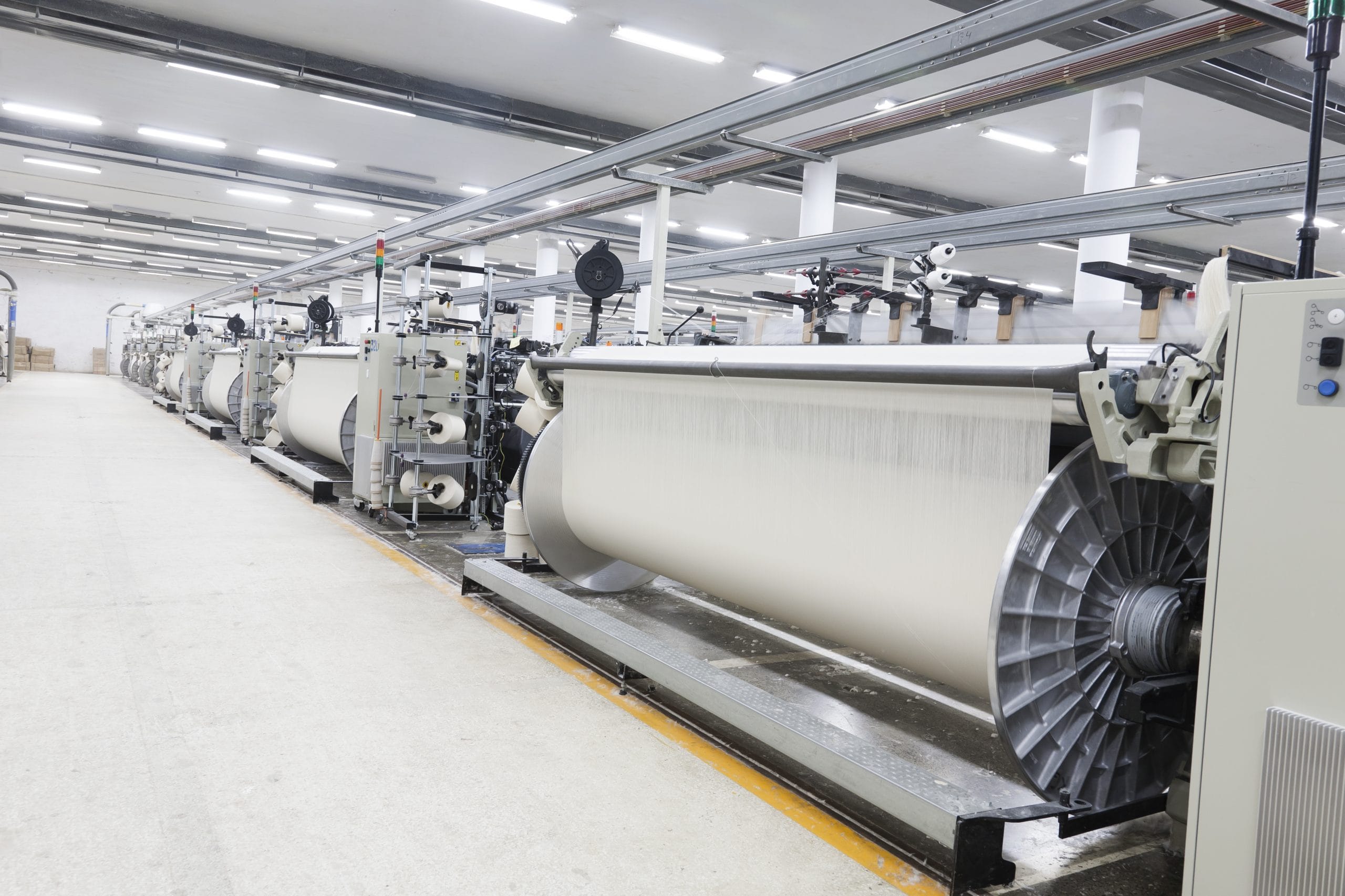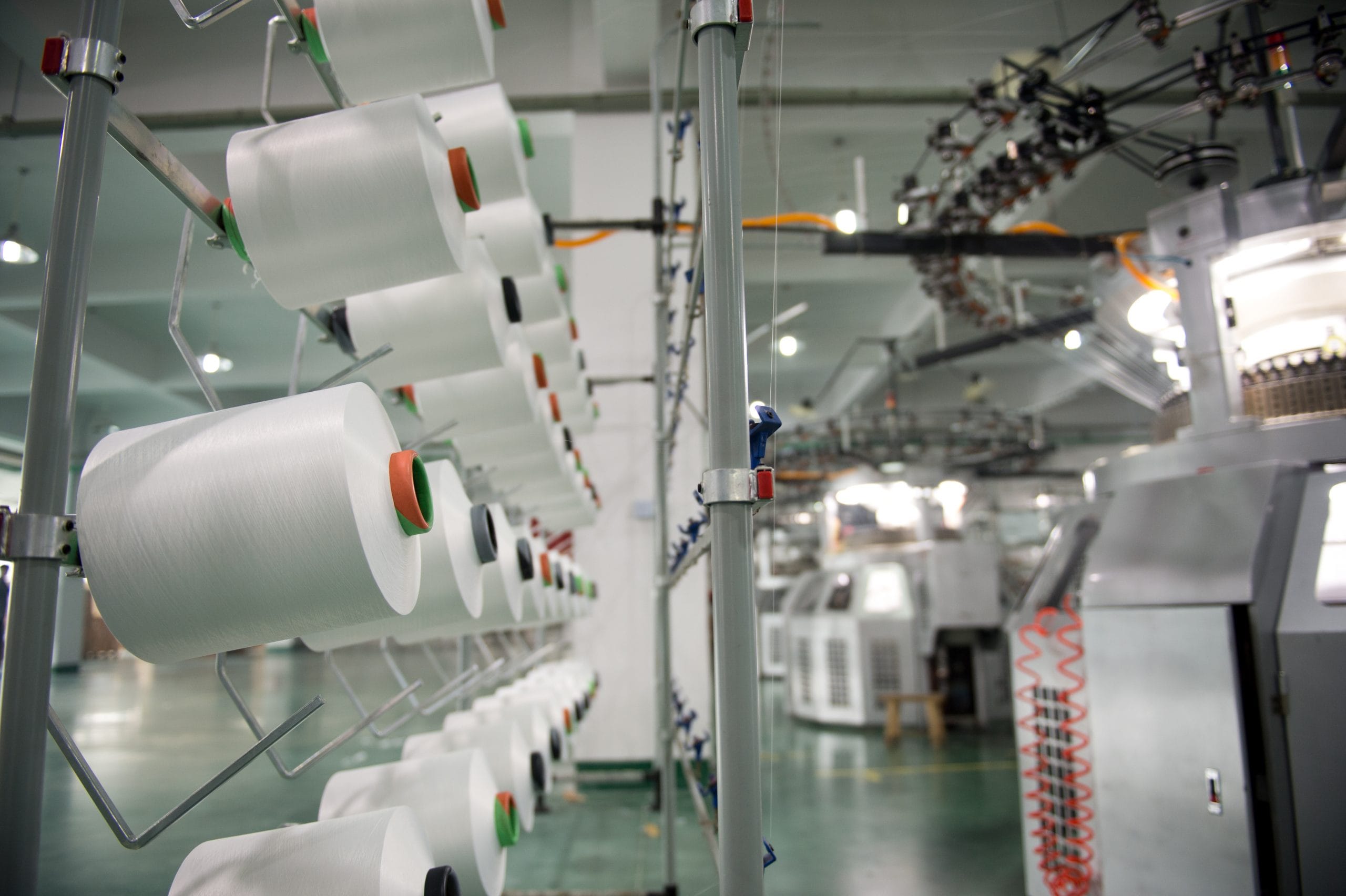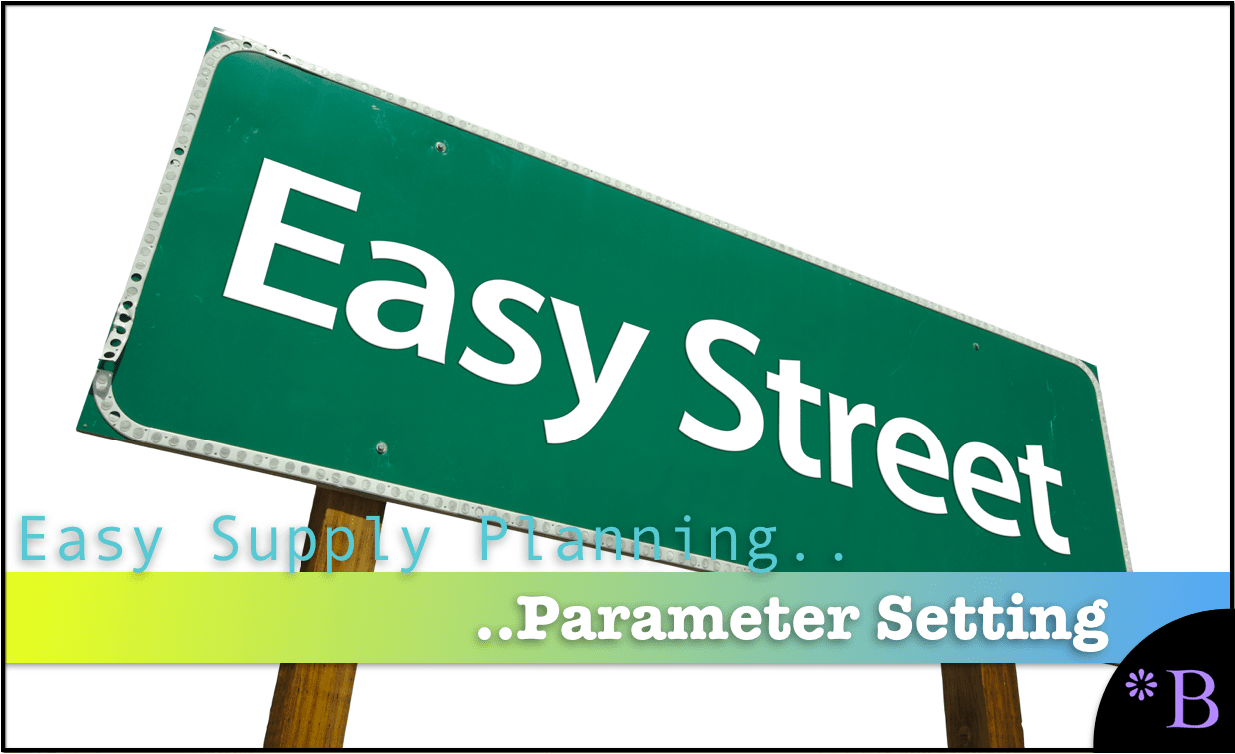How to Implement Lean Supply Chain
Executive Summary
- Many people want to know how to implement Lean supply chain approaches.
- We cover important background on Lean.

Video Introduction: How to Implement Lean Supply Chain
Text Introduction (Skip if You Watched the Video)
When people try to find out how to implement Lean supply chain, the first thing they run into is a large quantity of false information about the Lean supply chain. This is because most of the information provided to the public about Lean is provided by consultants who are not concerned with what is true and who misrepresent the reality and the history of Lean. You will learn about the common claims of Lean consultants and our analysis of these claims. You will also learn how Lean applies to different manufacturing environments.
Our References for This Article
If you want to see our references for this article and related Brightwork articles, see this link.
The following quotation is a good example.
Top management knows that lean can add value, but many still haven’t moved past the initial education stage into full-scale lean supply chain implementation. One reason may be that they haven’t made the paradigm shift as to how to implement lean. The Lean Supply Chain is a system of interconnected and interdependent partners that operate in unison to accomplish supply chain objectives. There should be metrics involved to monitor these objectives to ensure success across the supply chain. These metrics should be reviewed frequently to ensure supply chain success. – Cerasis
Lean proponents have a way of presenting perfect world scenarios that change things that Lean programs don’t control. I have reviewed companies that follow Lean approaches that don’t match what the Lean consulting firms say that Lean accomplishes.
This article will cover Lean from a realistic perspective instead of presenting a fantasy world about how to implement Lean.
Issue #1: Safety Stock and Variability
Systems with supply planning functionality account for variability with safety stock. This would work well. But most companies have such poor maintenance and unsophisticated calculations of safety stock that they often use their safety stock ineffectively. Some of the criticisms leveled by Lean proponents at safety stock have more to do with poor maintenance of safety stock and inappropriate calculation of safety stock than how safety stock can be calculated. I am in complete agreement that safety stock, as implemented, has many problems within companies. However, the issue concerning variability is that proponents of Lean and the supply chain, in general, have very little control over much of its variability. This is because Sales and Marketing are continually ratcheting up the number of products offered and must, therefore, be manufactured. Sales and Marketing generally do not worry about the pressure that this places on the supply chain. I find it strange that Lean proponents have taken such a narrow view of variability and have not been aggressive in admonishing Sales and Marketing to make the overall supply chain more sustainable by lowering product proliferation.
Issue #2: The Feasibility of Not Forecasting
This is not possible for most clients and in most situations. For this to work, the replenishment lead-time must be shorter than the lead-times between the customer’s order and the expected delivery date. If most companies were to move away from forecasting and wait until sales orders arrive to engage in production or procurement, they would quickly lose a big component of their revenues. Lean proponents who talk about a 100% pull system often give examples such as Dell – which for part of its business is an assemble-to-order operation, which means it forecasts at the component level (and then assembles-to-order when the configuration comes through on the sales order). Or they provide examples of make-to-order manufacturing environments.
What Percentage of the Manufacturing Market?
This does not represent a massive percentage of the overall manufacturing market, so it seems strange and vaguely misleading to continually emphasize supply chain planning techniques designed for manufacturing environments that cannot be broadly applied. For instance, the executive who works for a pen company will not be able to move his or her company to a make-to-order manufacturing environment because there are little demand and little willingness to pay the premium for custom pens.
What is Lean About
Lean is all about reducing muda (non-value added activity), muri (overburden), and mura (unevenness) or, roughly speaking, all forms of waste. The areas of waste that Lean attempts to reduce are the following:
- Transport (moving products that are not required to perform the processing)
- Inventory (all components, work in process, and the finished product not being processed)
- Motion (people or equipment moving or walking more than is required to perform the processing)
- Waiting (waiting for the next production step, interruptions of production during shift change)
- Over-production (production ahead of demand)
- Over-processing (resulting from poor tool or product design creating activity)
- Defects (the effort involved in inspecting for and fixing errors)- There are many books and conferences dedicated to Lean, and perhaps you have already derived your own opinions as to what Lean is. There are also several different ways of practicing Lean, so it’s difficult to say definitively how all its practitioners recommend using the philosophy. Secondly, some corporate initiatives are called Lean but are not, in fact, based upon Lean principles, further eroding the actual concept of Lean as it is generally understood. There are also examples of Lean being used as an excuse to push responsibility onto one’s suppliers.
As I see it, Lean, as applied to supply planning software, really boils down to several main thrusts:
The (Lack of) Honesty of How Lean is Presented
There are significant discrepancies between how Lean is often presented and the reality of the history of Lean. Some of these discrepancies are the following:
Issue #1: Lean’s Cultural Implication
One discussed feature of the TPS that surfaced during research for this book is that the TPS may be a better fit for Japanese culture. Other companies had a difficult time faithfully implementing the TPS, but even Toyota has had a difficult time accurately implementing its system in its factories outside of Japan. This is also left out of most books on the Lean topic. It helps sell the concept better if it is through that “anyone” can implement the Toyota Production System. This is much like TV infomercials regarding exercise products. The benefits of the people in the advertisement are all attributed to something the viewer can buy. The spokesperson’s effort level, their lifetime of fitness background, their age, and the other things they might do to keep in shape outside of the exercise product being sold are left out of the discussion. If TPS is particular to Japan’s culture, then it’s less appealing for broad consumption. This is the problem with so many books in business books; they are more interested in “pumping up” a particular approach than describing things accurately. While Japan’s quality in manufacturing items was highlighted in innumerable books in the 1980s and often attributed to various techniques that could, supposedly, be easily copied. If one goes back in history, Japan has for many hundreds of years produced extremely high-quality goods. These were not made in mass production because mass production did not exist before the Industrial Revolution but in handcrafted products such as silk tapestries. During the colonial period, luxury Japanese-produced goods were fixtures in houses of wealthy Europeans.
Issue #2: The Learning Aspect of the TPS
Building on the cultural basis for the success of the TPS, the following quotation is instructive. “It has been said that the typical US firm, when facing a vexing problem which it has one year to solve, would spend three months planning, three months implementing, six months tweaking and picking up loose ends.
“Toyota facing a similar situation would spend eleven months planning and one month implementing (with no loose ends to clean up!).”
This comparison is an exaggeration, of course, but it nonetheless contains an essential element of truth. Toyota spends so much time and effort on the planning phase because that phase is crucial to learning.
“Toyota managers want to make sure they deeply understand the background and the facts of the current situation before moving forward. After the current state is thoroughly probed, they want to establish with a high degree of certainty that they have accurately identified the root of the problem.” – Understanding A3 Thinking: A Critical Component of Toyota’s PDCA Management System.
Of course, any company that has employees who follow such an approach will have success with various techniques. Hence, differentiating the power of the specific method versus the company’s environment is a constant problem when attempting to analyze the TPS.
Issue #3: Leaving Out Demand Shaping
Lean is presented, or should I say, tends to be presented as there are so many Lean proponents, as having all of the variability accounted for by the supply chain. However, that was not the original approach outlined by the TPS. As pointed out in the book Factory Physics,
“Americans took due dates as exogenously provided and attempted to optimize the production schedule. The Japanese realized that due dates are negotiated with customers and worked to integrate marketing and manufacturing to provide production schedules that do not require precise optimization or abrupt changes.”
This same issue has been misrepresented by Lean consultants that have promoted the Dell approach. But more broadly, Sales and Marketing could work not merely to sell everything but to sell what is available—this part of what is referred to as demand shaping.
Issue #4: The Difference Between the TPS and Associated Lean Initiatives
As you will see from this list, many techniques Toyota applied were never adopted when TPS/JIT/Lean was adopted for external consumption. Therefore, TPS/JIT/Lean presented to audiences outside of Japan is some Frankenstein monster that is more about marketing consulting services than about faithfully communicating what worked in these earlier incarnations. Secondly, some techniques that are associated with TPS/JIT/Lean were never implemented by Toyota. One of these is ISO 9000, as the following quotation from Factory Physics indicates:
“Interestingly, Toyota tried ISO 9000 in one of its factories and then ceased using it because it added no value.” In fact, according to Factory Physics, Toyota would have opposed the use of such certificates. “To do so would indicate the reaching of some arbitrary target – the antithesis of continual improvement.”
Issue #5: Diminution of the Importance of Collaboration
Collaboration with supply chain partners was a big part of what made TPS successful. If a supplier was having problems meeting Toyota’s quality or delivery schedule, a Toyota representative was sent to help the supplier. This intensive supply chain consulting was a critical part of how Toyota did business from the beginning. However, Japan is a collectivist culture. The US and Europe are not. In the US, relationships with suppliers are often quite confrontational, with the larger entity, or the entity with the leverage, using the advantage as a hammer to get as many concessions as possible.
The TPS’s collaborative aspects have been diminished in importance by Lean proponents because they don’t “sell” very well to US audiences. If you propose that one should be concerned about one’s suppliers’ welfare and should genuinely help them, the interpretation is that the individual making the statement is “soft.” Therefore, the TPS’s collaborative underpinning has been diminished to improve the marketability of the concept of Western tastes.
Issue #6: The Diminution of the Importance of Unions
Lean requires highly involved workers – those that have genuine autonomy. Toyota was unionized, which tends to help get buy-in and input as unionized employees are better paid and have more rights than non-union employees. Toyota’s management studied Ford when developing TPS and came up with the following rather unflattering conclusion.
“The Toyota people also recognized that the Ford system had contradictions and shortcomings, particularly with respect to employees. With General Douglas MacArthur actively promoting labor unions in the occupation years, Ford’s harsh attitudes and demeaning job structures were unworkable in post-war Japan. They were also unworkable in the American context, but that would not be evident for some years. America’s ‘Greatest Generation’ carried over attitudes from the Great Depression that made the system work in spite of its defects.
“Toyota soon discovered that factory workers had far more to contribute than just muscle power. This discovery probably originated in the Quality Circle movement. Ishikawa, Deming, and Juran all made major contributions to the quality movement. It culminated in team development and cellular manufacturing.” – A Brief History of Just in Time
However, US consultants knew that US executives disliked unions. Therefore, when TPS/JIT/Lean made the transition to the US in books and consulting, the union side of the equation was left out of the process. US companies wanted all of the benefits of bought in employees, but without the employees being bought in. Since the early 1970s, US companies have done their best to eliminate unions from the landscape and distort unions’ history, painting them in the most derogatory way possible. Why not, unions fight for higher wages for employees, which reduces profits. This censoring of the TPS/JIT/Lean into what was most marketable meant that the TPS/JIT/ Lean approaches that migrated from Japan to the US and Europe were poor facsimiles of the real thing. This is explained in the following quotation.
“They brought back, mostly, the superficial aspects like KANBAN cards and quality circles. Most early attempts to emulate Toyota failed because they were not integrated into a complete system and because few understood the underlying principles.” – A Brief History of Just in Time
Issue #7: Developed Under Post War Austerity
Toyota, and other Japanese companies, developed techniques for dealing with the difficult economic circumstances following WWII. While the US was untouched after WWII, Japan had been heavily bombed. Setting up the supply chain for long production runs and large lot sizes was not an effective strategy as the level of demand was shallow. Therefore, the TPS was developed under conditions of austerity.
Under conditions of high and stable demand, using relatively small lot sizes is inefficient. However, under conditions of low and unstable demand, having long production runs and relatively large lot sizes leads to waste. This is not to say that the TPS was not continued as Japan’s economy greatly improved and sales volumes significantly increased – it did. The following quotation is from Taiichi Ohno, the leading intellectual force behind the TPS:
“For decades America cut costs by mass producing fewer types of cars. It was an American work style – but not a Japanese one. Our problem was how to cut costs while producing a small number of many types of cars.”
But even Taiichi Ohno implies that often this approach was not followed in Japan once production volumes increased:
“Then during the 15 year period beginning in 1959-1960, Japan experienced unusually rapid economic growth. As a result, mass production, American-style was still used effectively in many areas.”
However, authors on TPS/Lean/JIT will often leave out the fact that these approaches were developed under a period of austerity.
Issue #8: Overgeneralization of Applicable Manufacturing Types and Environments for TPS/Lean/JIT
The manufacturing type is controlled by which product is made. Products that can be disassembled into their associated parts are called discrete manufactured products, while products that cannot are called process-manufactured products. A discrete product, which is produced in a near-continuous fashion, is referred to as repetitive manufactured. The replenishment trigger setting determines the manufacturing environment, so products replenished upon receipt of a sales order are make-to-order. Those that are replenished based on a forecast are called make-to-stock. Toyota produced automobiles, a discrete manufacturing type, and a make-to-stock (primarily, although cars can be ordered) manufacturing environment. Strategies that apply well to one manufacturing type and manufacturing environment often do not translate well to other settings. Performing several changeovers in the repetitive or high volume process industry manufacturing is not feasible. Therefore, simply because a strategy worked in one or several environments does not mean that it can be generalized to other environments. All that can be said when providing anecdotes of success is that the strategy might be useful in that environment. But other correlated factors must also be controlled because the success that one company experiences is not necessarily entirely traceable to a single strategy. This leads to the next point.
Issue #9: Misallocating the Reasons for the Japanese Manufacturing Success
Many authors who write on TPS/Lean/JIT over-allocate Japanese companies’ success to inventory management techniques for how to implement a Lean supply chain. For example, in the early stages of the Japanese export boom, roughly speaking the 1960’s, Japan’s currency was relatively weak – providing Japanese products with a cost advantage. From this time up until the 1980s, Japan became known for producing high quality and low cost products. Even if Japanese companies had incurred more inventory costs by not following Lean production and inventory techniques, they would still have had a cost advantage in the export market due to the currency exchange rate. However, what stood out with Japanese manufactured products was the quality level. This is a quality advantage that continues – although it has narrowed – to this day. If we look at automobiles, Japan’s makes continue to be rated at a higher quality level than US, European, and Korean.
In the 1970s, US carmakers produced low quality products that required frequent repair, as marketing for in all intents and purposes had effectively taken over US car manufacturers. Planned obsolescence, low quality, constant model changes, etc., ruled US car manufacturers. As a synopsis, the US car industry was an easy target for competitors that offered something better. Consumers began noticing that Japanese cars did not need to be repeatedly serviced, and those with a focus on reliability tended to purchase Japanese vehicles. However, high quality is not correlated with low inventory levels and is, in fact, inversely related to the production lot size. Anyone who has worked on a manufacturing floor knows that quality increases with the volume produced. The more you do the same thing without changing, the higher the quality and the higher the output. The lowest quality product is usually produced at the beginning of a production run. During this period, the machines are tuned, tolerances are altered, and a higher percentage of the output product is not saleable. Longer production runs lead to higher quality and more uniform products. To a person in manufacturing, the ultimate environment never has the production line go down, except for scheduled maintenance.
And this is not some fantasy that I am describing. A blast furnace runs at a constant temperature for years before being taken down for maintenance. Light bulbs and fluorescent tubes are produced in a repetitive manufacturing environment. These are high-speed, dedicated lines that produce the same product in virtual perpetuity. These environments have dedicated production lines – if you want to make another product, you have another production line. The speed of a dedicated repetitive manufacturing production line is something to behold up close, and the efficiency is incredible. Looms that produce textiles and petroleum refining operations are other examples of near-constant production runs that achieve amazing efficiency and output. However, getting back to the point, quality, not Lean lot sizing approaches, was the primary reason for Japan’s rise as a manufacturing power.7 The subject of quality management is, in fact, another area of study from supply chain management or supply chain planning. As a person who configures supply chain systems, I can set up the system to operate in a Lean fashion or be oriented toward high efficiency, but this does not determine the output product’s quality.
While longer production runs provide quality advantages, I would never propose that anything I do in setting up a planning system has a relationship to the quality of the final output.
Issue #9: Different Types Manufacturing
To emphasize the variety of manufacturing types that exist, I have included a few of them from my book Process Industry Manufacturing Software.
The Blast Furnace
Blast furnaces produce metals and are enormous. The technology goes back 2,000 years, although the technology was not distributed broadly until the thirteenth century.

This is a blast furnace. The giant pipe that connects to the top of the blast furnace carries coke, limestone flux, and iron ore to the blast furnace’s top, where it is dropped into the furnace. The furnace itself is tall and cylindrical, with the bottom of the blast furnace being the hottest and the top being the coolest. Hot air is blasted into the side to maintain the combustion. Iron is removed from the bottom of the blast furnace.
The blast furnace maintains the highest efficiency when it is run continuously and, because it does just one thing, there is little need to turn it on or off. According to the Steelworks website, the blast furnace is typically run continuously for between four and ten years. If one asks how to implement a Lean supply chain in the context of a blast furnace, the question makes little sense.
Textiles
One often thinks of textiles as simply the assembly of textiles into clothing, automotive seat covers, etc. These processes are labor intensive. However, the step before cutting and assembly is the actual creation of the textile material, and this step is, in fact, quite automated.

This is a massive loom that runs continuously. Modern looms are connected to enormous banks of spindles, which serve as a near-constant supply of input material, as the bank of spindles shows on the following page.

Those who ask how to implement a Lean supply chain often fail to realize that many manufacturing processes can not be made flexible or Lean. Continuous processes require continual supplies of raw materials. Any shortage of raw materials would mean stopping the process, which would result in significant inefficiencies. Continuous manufacturing processes have the highest efficiency, the lowest per-unit cost, and the machinery’s highest investments. Continuous manufacturing is the eventual state when variability has been controlled in the manufacturing process and the process has been fully automated. These looms are scaled up and more sophisticated versions of the following loom.

This loom can produce in small batches, in fact, batches of one or lot sizes. Each time the weaver creates a new blanket, they can get different colored yarn and a new template. There is a changeover cost; however, the changeover cost is not high because of the low production rate and low efficiency. This is how manufacturing was performed before the Industrial Revolution. It is Lean, and it is customizable, but the output is low. Weaving was once a manual activity, and in some parts of the world, it is still done that way. The first powered loom was invented in 1830 in England. Looms have become faster and more efficient ever since, to the point of sophistication where they are continuous operations. A major part of our standard of living is based upon the increased productivity due to the scaling up and electrification of factories. This productivity increase was higher than all other productivity increases before and since – including the electronics and computing revolutions. This is why productivity gains spike so dramatically after 1820 – which saw the start of the period of the first industrial revolution. While you are reading this, giant looms are running 24/7, rotating at 1,200 RPM, turning out prodigious quantities of textiles at a meager cost. It’s hard to appreciate these looms’ high speed and continuous nature until you see one in action. I have included a YouTube link that shows exactly this.
This video shows the complexity that is involved in the set-up of this machine. Knowing this complexity, it would be hard to make the case that setting up all of the spindles to produce a different product would be a good use of time or the machine. This is a textbook example of continuous manufacturing processes: the efficiency of continual use is so high that it trumps many other factors.
How Should EOQ and Other Supply Planning Parameters be Calculated?
One would be able to, for example:
Item #1: Simulation
Set the supply planning parameters in a way that one can simulate the impact on the overall supply plan. When using supply planning systems, inventory parameters are typically managed on a "one by one" basis. This leads to individual planners entering values without considering how inventory parameters are set across the supply network.
Item #2: Interactivity of Changes
This is the ability to see the relationship between changes to service levels and the simulated output.
Item #3: Seeing Financial Implications
This is the ability to see the impact on the dollarized inventory for different aggregate settings.
Item #4: Mass Change for Efficient Maintenance
This allow the parameters to be changed en mass or as a mass change function. Both supply planning systems are designed to receive parameters; they are not designed to develop the parameters.
 Getting to a Better Parameter Setting Capability
Getting to a Better Parameter Setting Capability
We developed an approach where EOQ and reorder points are calculated externally, which allows for a higher degree of control. And for the average inventory to be coestimated in a way that provides an observable total system inventory, holding cost, service level, and a picture of what is happening to the overall system. Calculating individual parameters like EOQ without an appreciation for the systemwide does not make any sense. Also, in many, perhaps even most cases, there is no reason to use EOQ for the purposes given above. Instead, an alternative custom order batching method can be created to replace EOQ. There is nothing magical about EOQ. It is not a "best practice." It will not provide you with "digital transformation." It is not "Six Sigma." You will not get a "black belt" for using it.
After observing ineffective and non-comparative supply planning parameter setting at so many companies, we developed, in part, a purpose-built supply planning parameter calculation application called the Brightwork Explorer to meet these requirements.
Few companies will ever use our Brightwork Explorer or have us use it for them. However, the lessons from the approach followed in requirements development for supply planning parameter maintenance are important for anyone who wants to improve order batching and supply parameters.
Conclusion
The article attempted to answer the question of how to implement a Lean supply chain. And the answer turns out to much more complicated than generally thought.
The origin of Lean is the Toyota Production System or TPS. However, the TPS drew parts of its approach from Ford Motor Company. I believe Lean is such a strong trend, in fact, a trend that extends far beyond manufacturing, in large part because of dissatisfaction in the quality of the output from supply planning systems. This dissatisfaction can stem anywhere from MRP’s logic being overly simplistic to where implementing companies have run into problems implementing supply planning methods more complex than MRP/DRP. Lean holds that variability is the main problem in supply chains and that management of variability should be the main focus of supply chain planning. This can entail either reducing the variability or placing buffers closest to the point of variability. (Reducing variability may be switching to a more reliable transportation company that delivers consistently.)
Interestingly, when I compared my research into Lean with how Lean is typically presented, I found the usual presentation to leave out important aspects of Lean and be oversimplified to the degree that it loses much of its effectiveness. The authentic Lean and then the diluted Lean, which is designed to sell books and consulting services and require that the audience never have many broadly accepted assumptions challenged. Furthermore, Lean is neither the best strategy for every environment nor every part of the product location database. For example, product locations with high volume will not benefit from Lean.
Intermittent – or “lumpy” – demand is one of the most common features of a product’s demand history that makes a product unforecastable. Unfortunately, as is covered in the book Promotion Forecasting: Techniques of Forecast Adjustment in Software, several factors are combined to reduce product databases’ forecastability. This includes the increase in the number of SKUs carried – called product proliferation, reduced product lifecycles and higher turnover, and increases in promotions. The less forecastable the product database, the less than an MRP or any other supply planning method can provide a good supply plan. With sales and Marketing running strategy at most companies, companies make it increasingly difficult for themselves to have a manageable supply chain. It also means that some maintenance areas must be performed with increased frequency on the MRP system. This is a good segue into our next topic, which is how to improve MRP systems.
We developed an approach where reorder points are calculated externally, which allows for a higher degree of control. And for the average inventory to be coestimated in a way that provides an observable total system inventory, holding cost, service level, and a picture of what is happening to the overall system. Calculating individual parameters like reorder points without an appreciation for the systemwide does not make any sense.